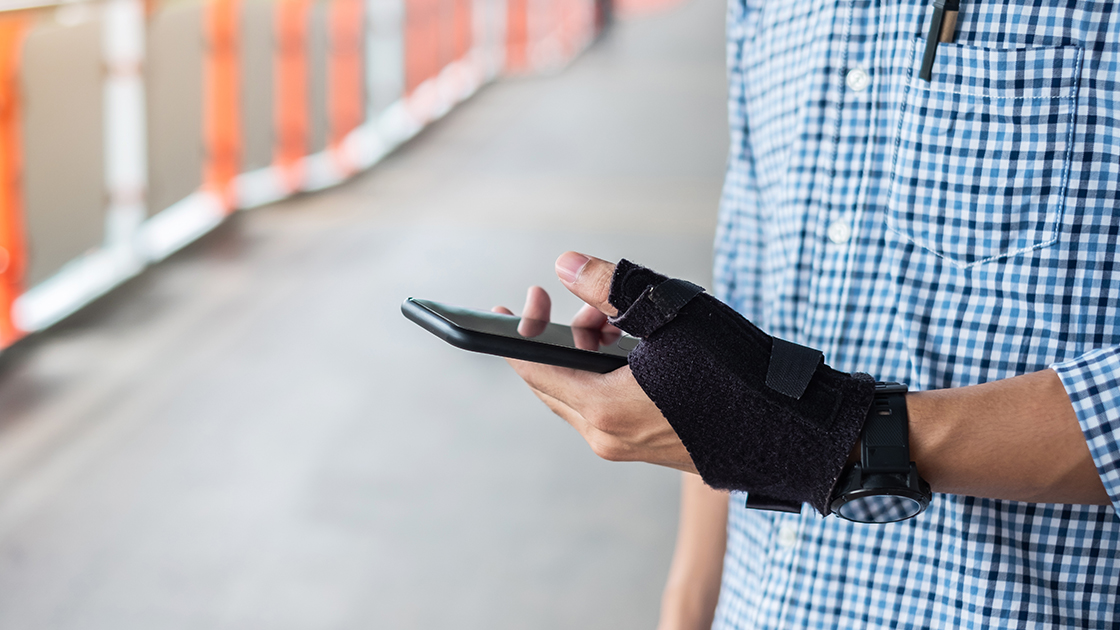Page Contents
Tenosynovitis, characterized by inflammation of the tendon sheath, can be a source of persistent pain and reduced mobility for many individuals. While traditional treatments like rest, anti-inflammatory medications, and physical therapy are commonly prescribed, they may not always provide optimal relief. Laser therapy has emerged as a promising avenue of hope for tenosynovitis patients, offering targeted healing and symptom management. In this blog, we delve into the potential of laser therapy in providing hope and relief for individuals battling tenosynovitis.
Tenosynovitis refers to the inflammation of the synovial sheath surrounding a tendon, often resulting from overuse, repetitive movements, or underlying conditions like arthritis. Common symptoms include pain, swelling, tenderness, and difficulty moving the affected joint.
The Limits of Traditional Treatments
Traditional treatments for tenosynovitis focus on pain management, reducing inflammation, and improving mobility. While these methods can provide temporary relief, they may not address the underlying cause of the inflammation or prevent recurrent episodes.
Enter Laser Therapy
Laser therapy, also known as low-level laser therapy (LLLT) or cold laser therapy, harnesses the power of specific light wavelengths to penetrate deep into tissues and stimulate cellular repair. This non-invasive and painless treatment modality offers targeted relief and accelerates the healing process.
How Laser Therapy Works for Tenosynovitis
During a laser therapy session, a handheld device delivers focused laser energy to the inflamed tendon sheath. The light energy penetrates the skin, reaching the deep tissues and triggering a series of biological responses. These responses include increased cellular metabolism, improved blood circulation, reduced inflammation, and enhanced tissue repair. As a result, pain is alleviated, swelling decreases, and mobility improves.
Benefits of Laser Therapy for Tenosynovitis:
- Pain Relief: Laser therapy targets pain receptors, promoting the release of endorphins and providing effective pain relief for tenosynovitis.
- Reduced Inflammation: By decreasing inflammation in the tendon sheath, laser therapy helps alleviate swelling and discomfort.
- Accelerated Healing: Laser therapy stimulates cellular repair and increases blood flow, speeding up the healing process for tenosynovitis.
- Improved Mobility: Alleviating pain and inflammation allows for better range of motion and enhanced joint function.
- Non-Invasive and Safe: Laser therapy is a non-invasive and safe treatment option, suitable for individuals of all ages and health conditions.
Applications of Laser Therapy in Tenosynovitis Treatment
Laser therapy can be used as a standalone treatment or combined with other modalities such as physical therapy and joint immobilization for comprehensive tenosynovitis management. This integrated approach optimizes outcomes and promotes long-term symptom relief.
Numerous studies have demonstrated the efficacy of laser therapy in treating tenosynovitis and improving patient outcomes. Many individuals report significant pain reduction, improved mobility, and enhanced quality of life after laser therapy sessions.
As research and technology continue to advance, laser therapy holds promise for further innovations in tenosynovitis treatment. Ongoing studies aim to optimize treatment protocols, explore new applications of laser therapy, and enhance our understanding of its mechanisms of action.
Conclusion
Laser therapy offers hope and relief for tenosynovitis patients, providing targeted healing, pain relief, and improved joint function. Its non-invasive nature, safety profile, and effectiveness make it a valuable treatment modality in the management of tenosynovitis. As awareness grows and access to laser therapy expands, more individuals can benefit from this innovative approach to healing and regain control over their health and well-being.
